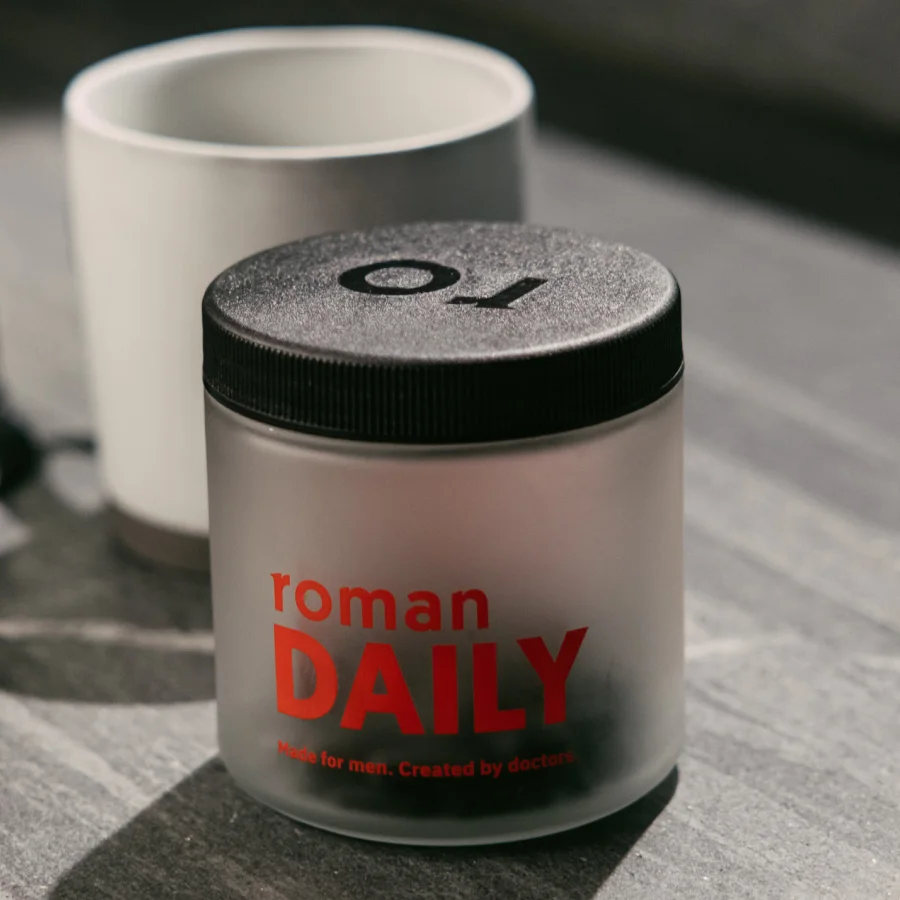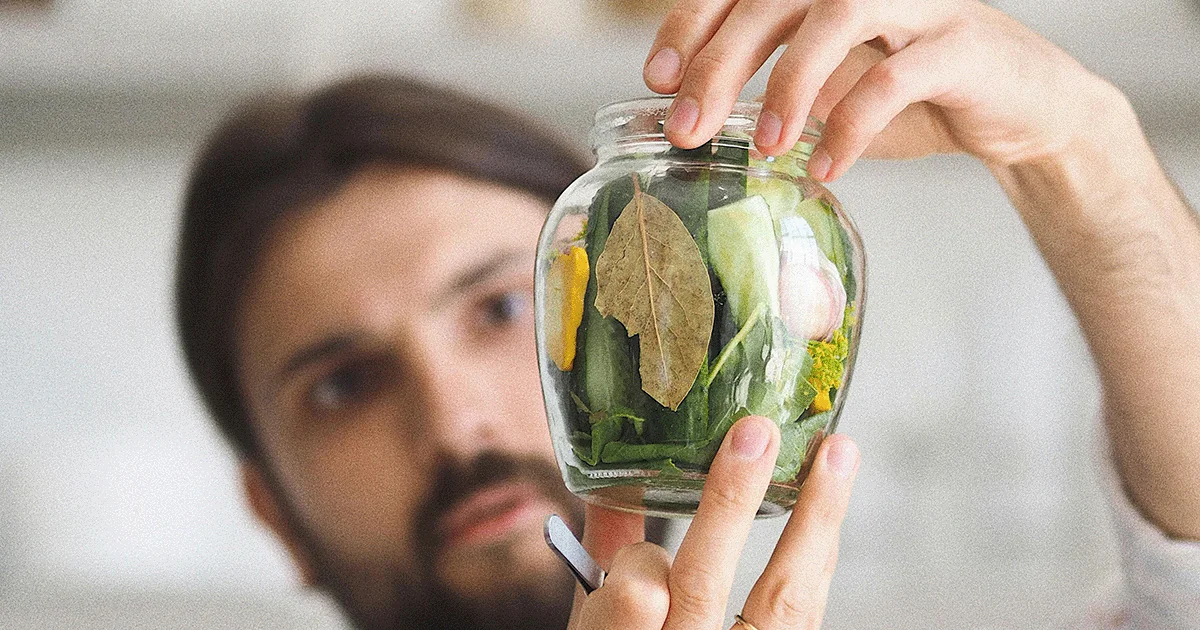Here's what we'll cover
Here's what we'll cover
Supplements are a bit like the streets of New York City. It’s easier to navigate the vitamins, just like it’s easier to find your way around on the numbered streets. They follow a pattern that we’re already familiar with: the numbers or, in the case of vitamins, the alphabet.
But then there are the other supplements. And, just like when the streets of New York transform into names and not numbers, supplements get a lot harder to navigate when there’s no system. Lots of questions start popping up: do I actually need phosphorous? There are how many forms of magnesium? What’s the difference between chlorella and spirulina?
We can’t address them all here, but we can guide you through at least one of them. And, to cut right to the chase, chlorella and spirulina have a lot more in common than they have differences. They are two of the most well-known algae types, and both are considered “superfoods.”
But if you really want to understand what you’re getting before investing in either one, here’s what you need to know about each, how they’re similar, and how they differ.
What is spirulina?
Spirulina is a type of cyanobacteria that belongs to the blue-green algae family. Although it has fallen in and out of favor over the last few decades, it actually has a long history as a superfood and dietary supplement. Ancient Aztecs would reportedly consume this organism that comes with a noteworthy list of potential health benefits.
Spirulina supplements are made from arthrospira or Arthrospira maxima and Arthrospira platensis, two kinds of microalgae. You may also see this on supplement containers as Spirulina maxima and Spirulina platensis. You’ll most commonly see this supplement in two forms: spirulina powder and tablets. The powder is commonly used in smoothies to boost their nutritional profile.
What is chlorella?
Chlorella is also a nutrient-dense alga, but it’s part of the green algae family and grows in freshwater. There are actually over 30 different types of this alga, but you’ll see Chlorella vulgaris and Chlorella pyrenoidosa most commonly in research (Rosenberg, 2014).Unlike spirulina, chlorella has to be taken as a supplement. Due to its hard cell walls and high fiber content, humans cannot digest it as whole food. That’s why the chlorella supplements you’ll see—which come as powders, tablets, extracts, or capsules—are in “broken cell wall” or “cracked cell wall” form.
Chlorella vs. spirulina
As we said, there’s a lot these algae superfoods have in common—but that doesn’t help make your buying decision any easier. Here are a couple of minor differences between the algae you may want to consider. But don’t get caught up in decision paralysis; both have amazing nutrient profiles.
Chlorella has more omega-3 fatty acids
This may be especially important for vegans shopping for supplements. There are three types of omega-3 fatty acids: eicosapentaenoic acid (EPA), docosahexaenoic acid (DHA), and alpha-linolenic acid (ALA).
ALA is the omega-3 mostly commonly found in plants, while EPA and DHA are mostly found in meats like seafood and in algae. Luckily, our bodies can convert ALA to EPA and DHA.
So while people who follow plant-based diets don’t need to worry about getting EPA and DHA, they do need to plan in order to get enough ALA to reap the health benefits of omega-3s or take algae oil, which contains EPA and DHA. Chlorella may be one convenient way to boost intake.
Spirulina may have more protein
We don’t mean to focus too much on our vegan friends, but there are specific concerns that go hand-in-hand with their dietary choices—one of which is getting enough “complete protein.” A protein is considered “complete” if the food source includes all essential amino acids.
Many plants, even those high in protein, do not have them all. That means vegans may need to plan meals around several different foods in order to get all essential amino acids. But with spirulina, that’s not the case, and it’s an excellent source of protein: just one tablespoon of this type of blue-green algae packs 4 g of protein for just 20 calories.
Chlorella is higher in calories
Speaking of calories, chlorella packs more of them, gram per gram than spirulina. Chlorella has roughly 36 calories per tablespoon compared to spirulina’s 20. While that’s almost double the calories, you likely won’t be taking enough for those extra calories to affect your diet in any way (FoodData Central, 2019).
Spirulina may be higher in antioxidants
To be clear from the start, both of these algae contain powerful antioxidants. Many of spirulina’s health benefits are likely thanks to one particularly potent one called phycocyanin.
One study that looked at extracts of both spirulina and chlorella found that spirulina had not only higher phenol content than chlorella, but also more antioxidant activity (Wu, 2005).
But chlorella also has powerful antioxidant properties and may also boost your body’s production of other antioxidants. In one study, smokers were given 6.5 g of chlorella daily. At the end of the six weeks, blood levels of vitamin C and vitamin E, both antioxidants, had risen in the participants (Lee, 2010).
Benefits of spirulina and chlorella
Despite these differences, the two supplements have a lot in common. They’re both highly nutritious and good sources of vitamins including vitamin A, B vitamins, and beta carotene. Although you can get many of the B vitamins from these types of algae, vitamin B12 is not one of them—so make sure you’re getting enough of that essential nutrient elsewhere.
They both may also help you lose weight. Though there is some indication that spirulina may help some people with weight loss and improving their BMI, more work needs to be done in this area.
But both types of algae may help regulate blood sugar in people with certain diseases. Chlorella has been found to improve glycemic status, including blood glucose and insulin levels, and spirulina can help manage blood glucose levels in people with type 2 diabetes (Ebrahimi-Mameghani, 2017).
But the area in which these two really shine is your heart health. Spirulina may boost heart health by lowering triglycerides and LDL cholesterol and may reduce high blood pressure. Supplementing daily with chlorella may also lower high cholesterol and reduce blood pressure, one review found (Mazokopakis, 2014; Merchant, 2001).
So choosing between the two doesn’t have to be a hard decision. The biggest questions are, which do you have access to and will take most consistently?
DISCLAIMER
If you have any medical questions or concerns, please talk to your healthcare provider. The articles on Health Guide are underpinned by peer-reviewed research and information drawn from medical societies and governmental agencies. However, they are not a substitute for professional medical advice, diagnosis, or treatment.
Ebrahimi-Mameghani, M., Sadeghi, Z., Farhangi, M. A., Vaghef-Mehrabany, E., & Aliashrafi, S. (2017). Glucose homeostasis, insulin resistance and inflammatory biomarkers in patients with non-alcoholic fatty liver disease: Beneficial effects of supplementation with microalgae Chlorella vulgaris : A double-blind placebo-controlled randomized clinical trial. Clinical Nutrition, 36(4), 1001–1006. doi: 10.1016/j.clnu.2016.07.004, https://www.ncbi.nlm.nih.gov/pubmed/27475283
FoodData Central. (n.d.). Retrieved December 27, 2019, from https://fdc.nal.usda.gov/index.html
Lee, S. H., Kang, H. J., Lee, H.-J., Kang, M.-H., & Park, Y. K. (2010). Six-week supplementation with Chlorella has favorable impact on antioxidant status in Korean male smokers. Nutrition, 26(2), 175–183. doi: 10.1016/j.nut.2009.03.010, https://www.ncbi.nlm.nih.gov/pubmed/19660910
Mazokopakis, E. E., Starakis, I. K., Papadomanolaki, M. G., Mavroeidi, N. G., & Ganotakis, E. S. (2013). The hypolipidaemic effects of Spirulina (Arthrospira platensis) supplementation in a Cretan population: a prospective study. Journal of the Science of Food and Agriculture, 94(3), 432–437. doi: 10.1002/jsfa.6261, https://www.ncbi.nlm.nih.gov/pubmed/23754631
Merchant, R. E., & Andre, C. A. (2001). A review of recent clinical trials of the nutritional supplement Chlorella pyrenoidosa in the treatment of fibromyalgia, hypertension, and ulcerative colitis. Alternative Therapies in Health and Medicine, 7(3), 79–91. Retrieved from http://www.alternative-therapies.com/
Rosenberg, J. N., Kobayashi, N., Barnes, A., Noel, E. A., Betenbaugh, M. J., & Oyler, G. A. (2014). Comparative Analyses of Three Chlorella Species in Response to Light and Sugar Reveal Distinctive Lipid Accumulation Patterns in the Microalga C. sorokiniana. PLoS ONE, 9(4). doi: 10.1371/journal.pone.0092460, https://journals.plos.org/plosone/article?id=10.1371/journal.pone.0092460
Torres-Duran, P. V., Ferreira-Hermosillo, A., & Juarez-Oropeza, M. A. (2007). Antihyperlipemic and antihypertensive effects of Spirulina maxima in an open sample of mexican population: a preliminary report. Lipids in Health and Disease, 6(1), 33. doi: 10.1186/1476-511x-6-33, https://lipidworld.biomedcentral.com/articles/10.1186/1476-511X-6-33
Wu, L.-C., Ho, J.-A. A., Shieh, M.-C., & Lu, I.-W. (2005). Antioxidant and Antiproliferative Activities of Spirulina and Chlorella Water Extracts. Journal of Agricultural and Food Chemistry, 53(10), 4207–4212. doi: 10.1021/jf0479517, https://pubs.acs.org/doi/abs/10.1021/jf0479517










